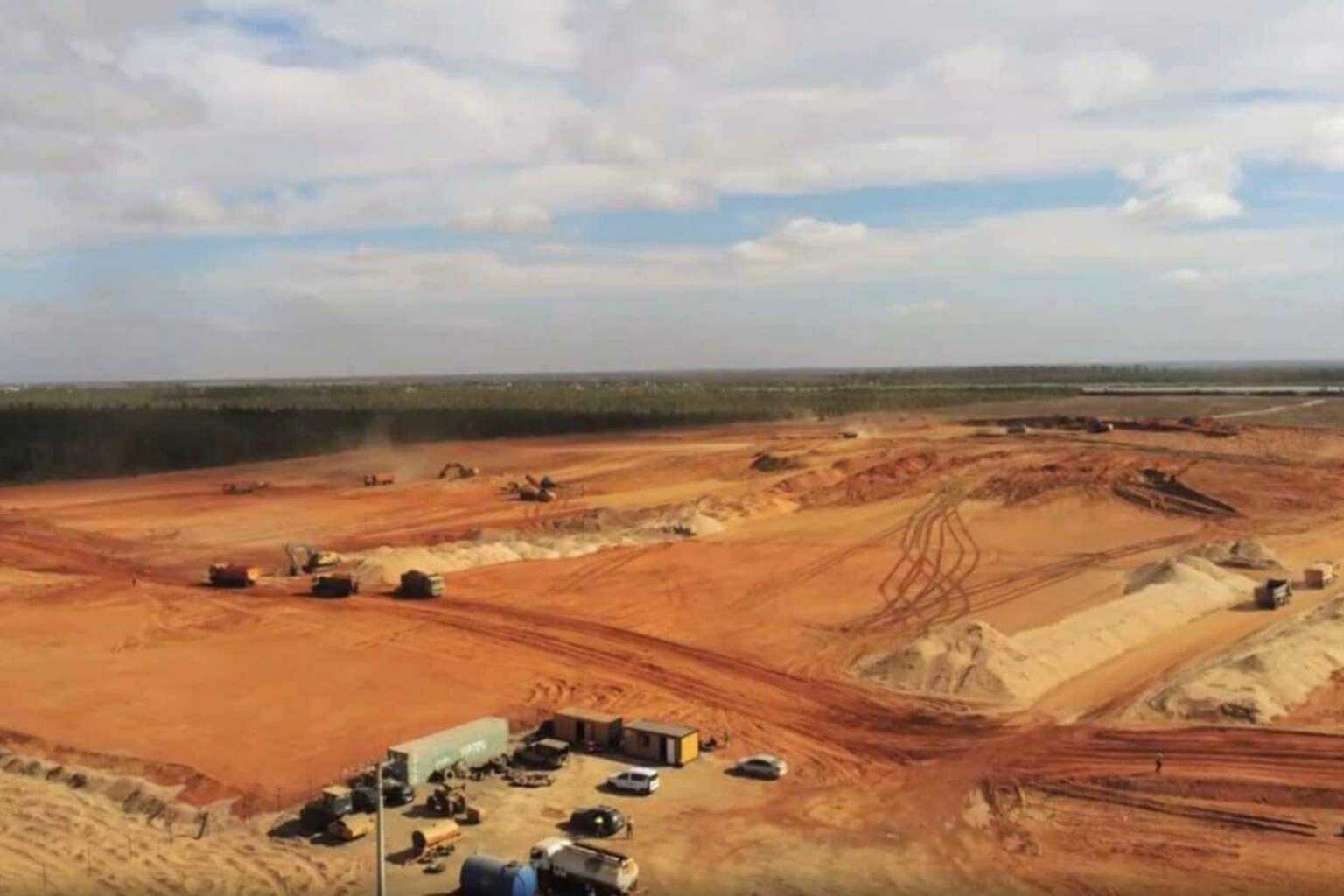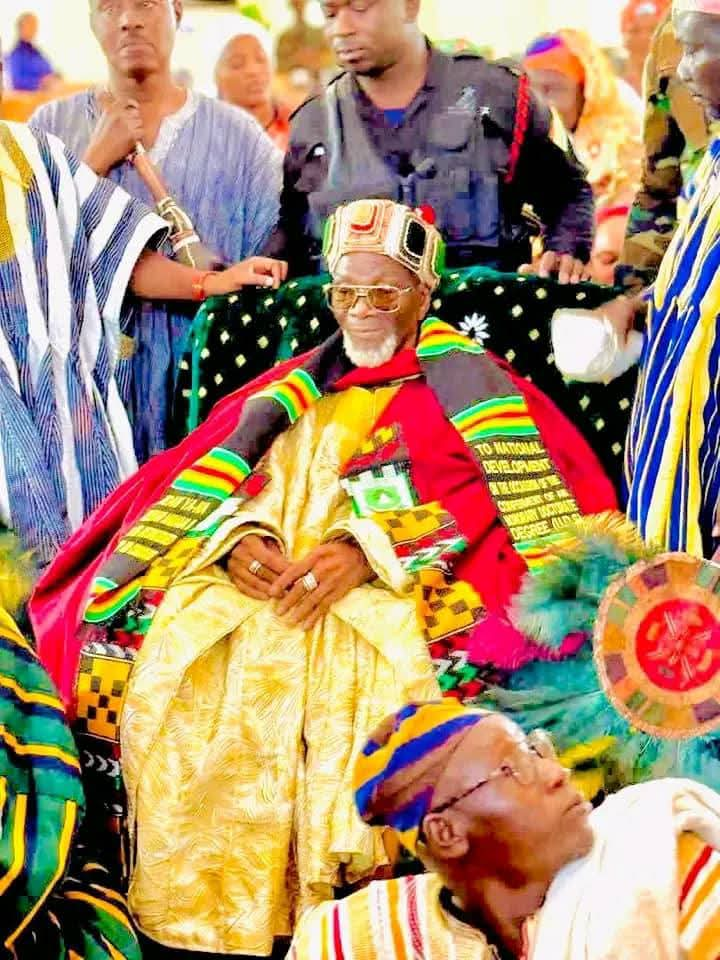Morocco is making history with a massive $5.6 billion investment from China to build Africa’s first-ever battery gigafactory. This project isn’t just about construction; it’s a symbol of a new era where Africa and China are joining forces to transform the continent’s role in the global energy and automotive sectors.
This huge step forward signals Morocco’s strategic rise as a key player in the worldwide clean energy race. With the gigafactory set to deliver cutting-edge technology, it’s a win for both innovation and economic development. What does this partnership mean for Morocco, China, and Africa’s future?
How Morocco positions itself in the global energy revolution
After previously partnering with France, Morocco is now deepening its ties with China through an ambitious project to build the continent’s first battery gigafactory. Located in Kenitra, in northwest Morocco, this facility marks a major milestone for Africa’s role in the energy transition.
The Chinese company Gotion High-Tech will lead the effort, with production starting as early as the third quarter of 2026. The first phase aims for a capacity of 20 gigawatt-hours (GWh) per year, enough to supply thousands of electric vehicles, and the final goal is to ramp up to an astonishing 100 GWh.
With a total projected investment of around $6.5 billion (equivalent to $5.6 billion in euros), this is one of the largest industrial projects ever seen on the continent. The initial phase alone involves a $1.3 billion investment and is expected to generate approximately 17,000 jobs, both direct and indirect. This huge economic boost can hardly be overstated in a country eager to diversify its industry.
What makes the project unique beyond battery assembly
The gigafactory isn’t just about putting cells together. It will also produce critical electrode materials such as cathodes and anodes, which adds a powerful layer of security over the supply chain. This integration means Morocco won’t have to rely entirely on imports, giving it a leg up in cost competitiveness and regional autonomy.
Approximately 85% of the batteries made here will be exported to the European Union, helping cut down the reliance on Asian markets and shortening supply lines for the auto industry. Morocco’s role is evolving from a simple assembly hub to a major manufacturing powerhouse, servicing one of the world’s largest markets.
The project’s roadmap lays out a modular growth plan, starting with the first stage in 2026 and expanding as new contracts are secured and financing is finalized. This flexibility is important in the fast-changing energy sector, allowing for adaptation while maintaining ambitious long-term goals.
The economic and geopolitical significance for Morocco
For Morocco, this is more than an industrial project; it’s a statement of geopolitical strategy. Sitting at the crossroads of Africa and Europe, Morocco is leveraging its strategic location and existing trade agreements to position itself as a foothold for innovation and manufacturing.
This gigafactory aligns perfectly with Morocco’s goal to retain skilled talent and enhance its expertise in a high-tech industry that already leads its export market. By developing this facility, the nation reduces its economic dependence on agriculture and textiles, diversifying into more sustainable, future-proof industries.
This move also strengthens Morocco’s commercial ties with the EU and opens doors for closer economic interactions with the U.S., promoting the country as a reliable partner in the green transition.
How China is deepening its presence in Moroccan industry
China isn’t new to Morocco’s industrial landscape, but this $5.6 billion project represents a big leap. Several other Chinese companies, including BTR, CNGR, Hailiang, and Shinzoom, are also investing heavily in battery production in Morocco.
The timing couldn’t be better, with Europe preparing to shift to zero-emission vehicles by 2035. Morocco’s ambitions to attract more large-scale projects are clear, especially as the battery market booms globally. This partnership highlights how African countries can become pivotal players in the new clean energy economy with the right international cooperation.
From a personal perspective, I find it exciting how this gigafactory symbolizes a real global partnership rooted in tangible benefits like jobs, technology transfer, and industrial diversification. It’s a reminder that progress is often built on collaboration, vision, and seizing historic opportunities.
What do you think about this growing relationship between Africa and China? Could Morocco become a model for other African countries aiming to harness their resources for sustainable development? Share your thoughts and let’s get the conversation started!
SOURCE
LIRAVI.ORG




